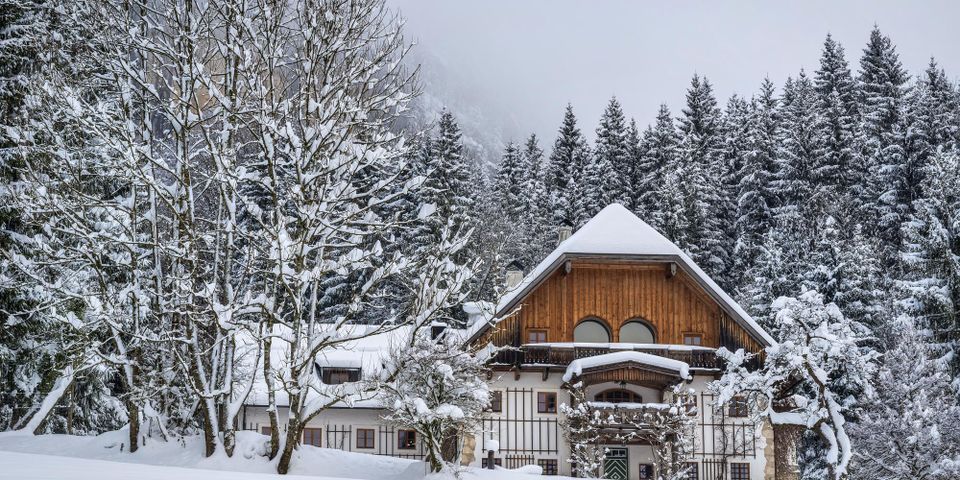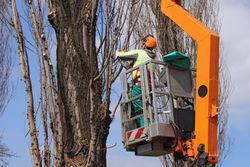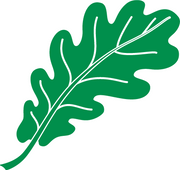
During harsh winters in northern climates, many homeowners leave plants alone under thick blankets of snow until spring. But tree pruning in winter will help the plants thrive once warm weather arrives. The guide below will help you understand why tree pruning in winter is essential and how technicians do the job correctly.
Why Tree Pruning in Winter Is Recommended
Tree pruning technicians remove dead, broken, and diseased branches to limit strain on surrounding limbs and prevent illness from spreading. During winter, deciduous trees are bare, so it’s easier to assess the condition of the branches and pinpoint any cause for concern.
Cutting a branch creates a wound. Pruning when trees are dormant, or sleeping, in winter creates less stress.
The plants can bounce back quickly too, as the wounds are covered by new growth come early spring. They won’t be vulnerable to pest infestation and certain diseases, such as oak wilt and fire blight, which are common in warmer weather.
Pruning Best Practices for Wintertime
 Tree pruning can be dangerous without the right equipment and training, which is why you should leave the job to professionals. A tree care technician or arborist will prune the limbs on a mild day, as freezing temperatures could dry the wounds out. They will make the incisions at the node, or the connecting point between branches. First, they’ll remove dead and infected branches. Next, they’ll discard overgrown and crossing branches to improve air circulation throughout the crown.
Tree pruning can be dangerous without the right equipment and training, which is why you should leave the job to professionals. A tree care technician or arborist will prune the limbs on a mild day, as freezing temperatures could dry the wounds out. They will make the incisions at the node, or the connecting point between branches. First, they’ll remove dead and infected branches. Next, they’ll discard overgrown and crossing branches to improve air circulation throughout the crown.
To promote healthy growth in spring, reach out to the licensed, insured, and bonded professionals at Carlos Tree Service for winter tree pruning. Based in Anchorage, AK, the certified technicians have cared for the trees on residential and commercial clients’ properties since 1993. For a free tree service estimate, call (907) 522-6049. Learn more about the team’s credentials online.
About the Business
Have a question? Ask the experts!
Send your question

